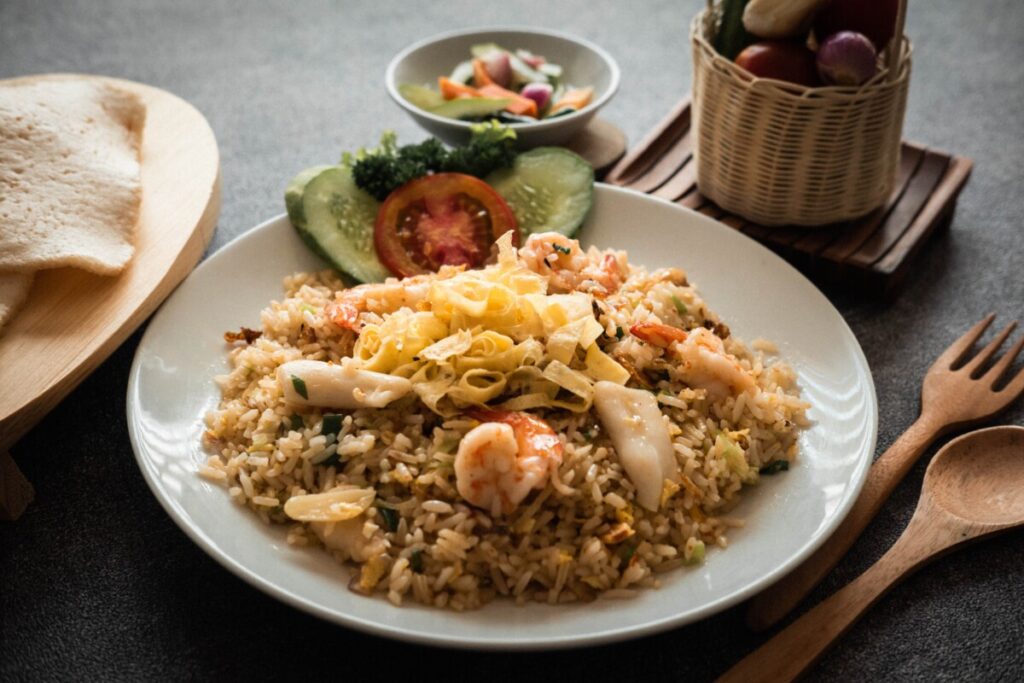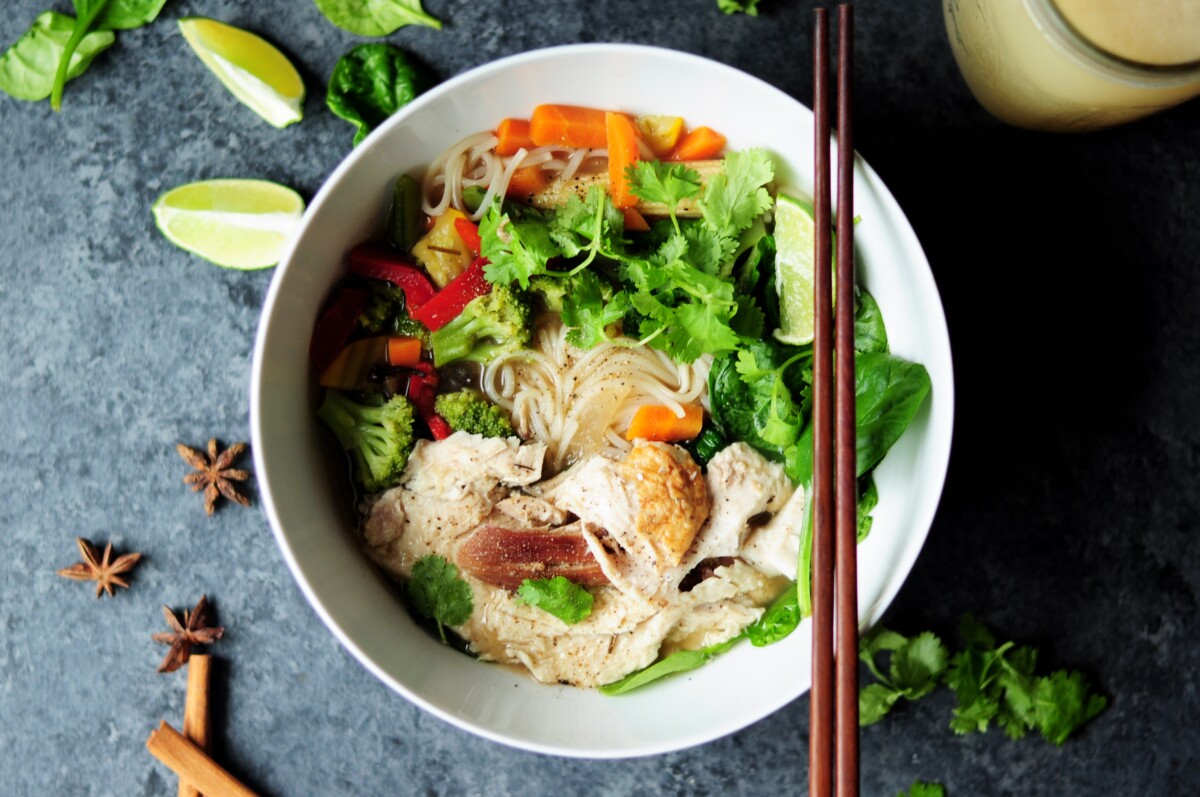Southeast Asian cuisine, a vibrant tapestry of flavours, owes a significant debt to the culinary traditions of China. Over numerous centuries, Chinese migrants have seamlessly woven their culinary techniques and flavours into the fabric of Southeast Asian food culture, creating a delightful fusion that resonates with food lovers worldwide.
Migration and Culinary Fusion Reflected in the Cuisine
Historically, Chinese migrants ventured into Southeast Asia for trade, exploration, and settlement. With them, they brought not just their rich culture but also their diverse culinary palette. These migrants set up communities, and as they integrated with the local populace, so did their food. Over time, these methods and ingredients became integral to local cuisines, resulting in a delightful blend of flavours and techniques.
Staples and Techniques in SEA Cuisine
Rice, a common staple in both Chinese and Southeast Asian diets, serves as a foundation for many dishes. However, the way it’s prepared and served has seen variations influenced by Chinese methods. For instance, the Chinese fried rice, with its assortment of vegetables and meats, found its counterpart in Indonesia’s ‘Nasi Goreng’. Similarly, dumplings, a beloved Chinese snack, evolved into various forms across Southeast Asia, with each region adding its unique ingredients and preparation style.

Noodles: A Shared Love
Noodles, another cherished Chinese staple, have been embraced wholeheartedly by Southeast Asians. From Vietnam’s ‘Pho’, a hearty noodle soup, to Thailand’s ‘Pad Thai’, a stir-fried noodle dish, the Chinese influence is undeniable. Each region, while retaining the essence of the noodle, has added its unique twist, be it in the form of spices, meats, or vegetables, creating a delightful array of noodle dishes that are both comforting and flavorful.
The Soy Connection in SEA Cuisine
Soy sauce, a quintessential Chinese ingredient, has found its way into many Southeast Asian kitchens. Its rich, umami flavour is used extensively in dishes across Thailand, Malaysia, the Philippines, and beyond. Whether it’s enhancing the flavours of a stir-fry or adding depth to a broth, soy sauce’s influence in Southeast Asian cooking is profound. Moreover, tofu, another soy product, has been incorporated into various dishes, from curries to salads.
Tea Traditions
Tea, central to Chinese culture, has also left its mark on Southeast Asia. While China prides itself on its elaborate tea ceremonies and variety of teas, countries like Malaysia and Thailand have adopted and adapted these traditions. Malaysia’s ‘Teh Tarik’, a strong tea with condensed milk, is a testament to the blend of Chinese tradition with local flavours. Similarly, Thailand’s iced teas, often sweetened and spiced, show the fusion of cultures.
Street Food and Snacks
Stroll through any Southeast Asian market, and the Chinese influence is palpable. From spring rolls, with their crispy exterior and flavorful fillings, to mooncakes, traditionally eaten during the Mid-Autumn Festival, the legacy is evident. These snacks, while rooted in Chinese tradition, have been adapted to local tastes, often resulting in new flavours and combinations that are uniquely Southeast Asian.
The Spice Route
It’s worth noting that while Chinese cuisine influenced Southeast Asia, the exchange was mutual. Chinese cuisine also absorbed elements from Southeast Asian cooking, particularly in the use of certain spices and tropical ingredients. This two-way exchange has enriched both culinary traditions, making them more diverse and flavorful.
